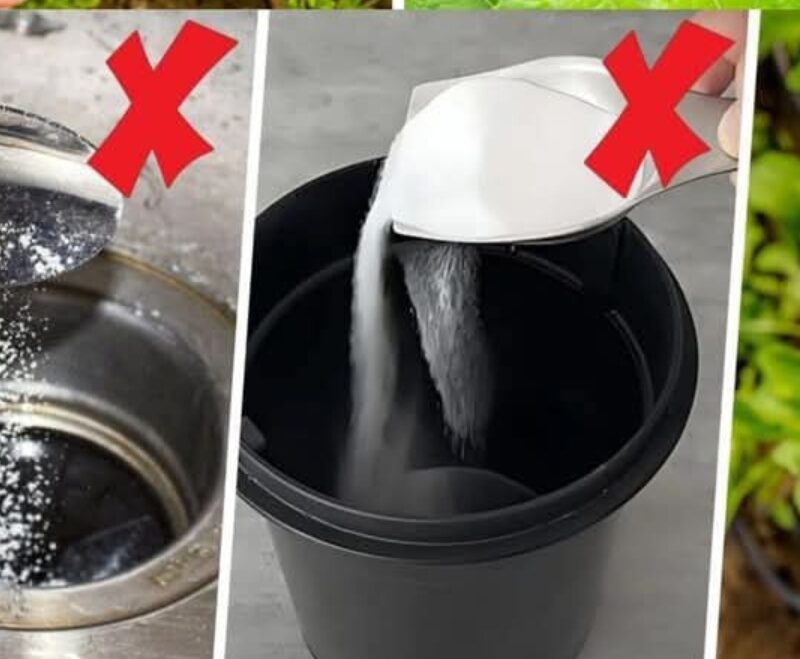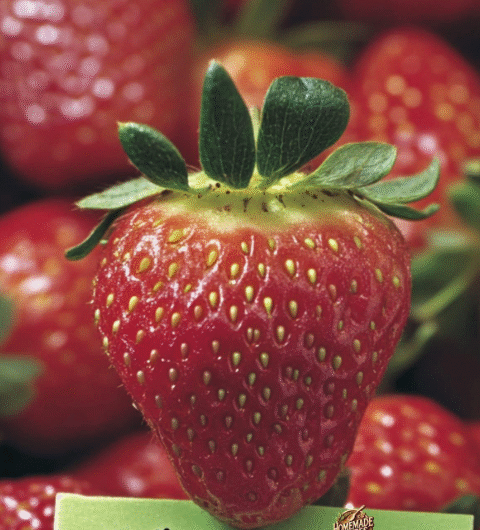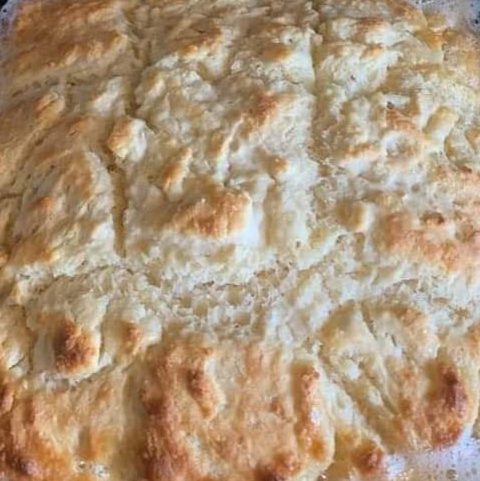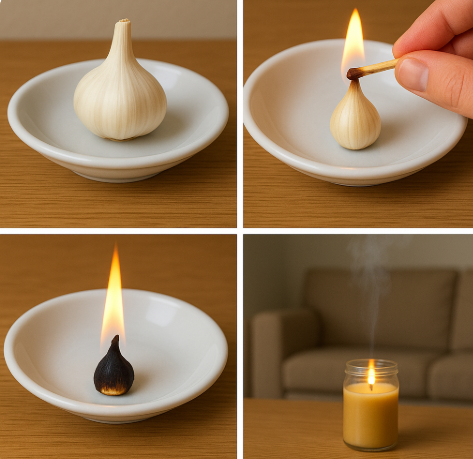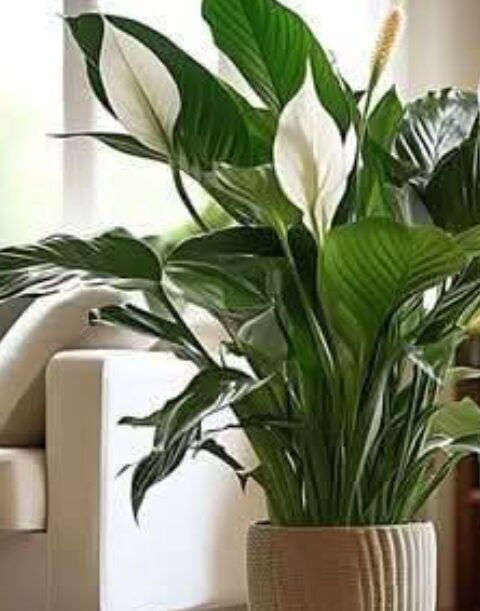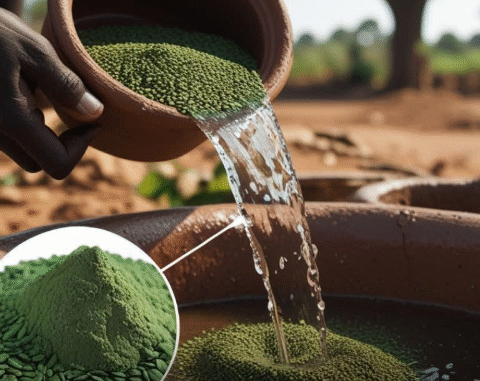Baking soda (sodium bicarbonate) is an affordable, eco-friendly, and highly effective solution for gardeners looking to replace synthetic chemicals with a natural alternative. Whether you need to control pests, prevent fungal diseases, or balance soil pH, baking soda is a powerful ally in your garden.
In this comprehensive guide, you’ll learn:
✅ Why baking soda is a great choice for gardeners
✅ How to use baking soda for pest control, disease prevention, and soil improvement
✅ Safety tips to ensure you don’t harm your plants
Let’s explore the many ways baking soda can transform your garden! 🌿🌼
—
Why Choose Baking Soda for Gardening?
Many gardeners prefer baking soda over synthetic chemicals because it offers multiple benefits:
✔ Non-Toxic & Safe – Unlike chemical pesticides and fungicides, baking soda won’t harm beneficial insects, pets, or the environment.
✔ Cost-Effective – It’s much cheaper than commercial garden products.
✔ Multi-Purpose Use – Baking soda can control pests, prevent fungal infections, amend soil pH, and more!
By incorporating baking soda into your gardening routine, you can maintain a healthy, productive garden without harsh chemicals.
—
How to Use Baking Soda in Your Garden 🌻
1. Control Powdery Mildew 🍃
Powdery mildew is a common fungal disease that affects roses, cucumbers, squash, and other plants. It appears as a white, powdery coating on leaves, weakening plants over time.
✅ Baking Soda Spray Recipe for Powdery Mildew:
1 tablespoon baking soda
1 quart of water
A few drops of liquid soap (to help the mixture stick to the leaves)
🔹 How to Use: Spray infected plants once a week—especially in humid conditions.
🔹 Why It Works: Baking soda disrupts fungal spores, preventing mildew from spreading.
—
2. Manage Fungal Diseases 🍄
Baking soda is an effective, natural antifungal agent that protects plants from diseases like black spot on roses, damping-off in seedlings, and early blight on tomatoes.
✅ For Seedlings (Damping-Off Prevention):
Lightly sprinkle baking soda on the soil to prevent fungi from attacking young plants.
✅ For Roses & Other Plants with Black Spot:
Mix 1 teaspoon baking soda with 1 quart of water and 1 teaspoon liquid soap.
Spray affected leaves weekly to slow the spread.
🔹 Why It Works: Baking soda neutralizes acidity, making it harder for fungi to thrive.
—
3. Natural Pesticide for Aphids & Spider Mites 🐞
Aphids and spider mites suck nutrients from plants, causing yellowing, wilting, and stunted growth. Instead of chemical pesticides, use baking soda to repel these pests!
✅ Baking Soda Pest Control Spray:
1 teaspoon baking soda
1 tablespoon vegetable oil
A few drops of liquid soap
1 quart of water
🔹 How to Use: Spray on infested leaves once a week or after rainfall.
🔹 Why It Works: Baking soda disrupts pests’ nervous systems, deterring them from plants.
🔹 Bonus Tip: Companion planting with marigolds, basil, or garlic enhances pest control!
—
4. Boost Tomato Plants & Prevent Blossom End Rot 🍅
Tomatoes thrive in slightly acidic to neutral soil, and baking soda can help balance pH levels for healthier plants.
✅ How to Use Baking Soda for Tomatoes:
Sprinkle a small amount of baking soda around tomato plants to reduce acidity.
This can also help prevent blossom end rot, a condition caused by calcium deficiency.
🔹 Why It Works: Baking soda neutralizes excess soil acidity, improving nutrient absorption.
🔹 Caution: Don’t overuse—it may alter soil pH too much, causing nutrient imbalances.
—
5. Weed Control: Kill Weeds Naturally 🌿❌
Weeds steal nutrients and space from your plants. Instead of using toxic herbicides, baking soda naturally suppresses weed growth.
✅ How to Use Baking Soda for Weed Control:
Sprinkle dry baking soda directly onto weeds growing on driveways, sidewalks, or pathways.
Avoid applying it directly to desirable plants, as excessive amounts can harm them.
🔹 Why It Works: Baking soda dehydrates weeds, inhibiting their growth.
🔹 Best For: Cracks in pavement, garden paths, and areas away from your main garden bed.
—
6. Soil Amendment: Raise Soil pH Naturally 🌾
Some plants prefer neutral to slightly alkaline soil. If your garden soil is too acidic, baking soda can help balance the pH.
✅ How to Use:
Test soil pH first (ideal pH for most plants is 6.0 – 7.5).
If soil is too acidic, lightly sprinkle baking soda and mix it into the top layer.
🔹 Why It Works: Baking soda raises soil pH gradually, benefiting plants like:
Cabbage
Spinach
Beets
🔹 Warning: Overuse can make soil too alkaline, leading to nutrient deficiencies.
—
Tips for Using Baking Soda Safely & Effectively
🔹 Dilute Properly – Always mix baking soda with water before spraying on plants to avoid leaf burn.
🔹 Test Before Applying – Spray a small section first to ensure plants tolerate it.
🔹 Use in Moderation – Too much baking soda can disrupt soil balance.
🔹 Avoid Overuse on Acid-Loving Plants – Plants like blueberries, azaleas, and rhododendrons prefer acidic soil, so avoid applying baking soda near them.
—
Final Thoughts: The Power of Baking Soda in Your Garden 🌱✨
Baking soda is a safe, effective, and eco-friendly tool for disease prevention, pest control, and soil management. By incorporating it into your gardening routine, you can:
✔ Protect plants from fungal infections & pests.
✔ Improve tomato health & yield.
✔ Reduce the need for chemical pesticides.
✔ Maintain a balanced soil pH.
With proper application, baking soda can become one of the most valuable natural solutions in your gardening toolkit. 🌻🌿
—
Frequently Asked Questions (FAQ) 🤔
Q: Can baking soda harm plants?
✅ When used correctly, baking soda is safe. However, overuse can disrupt soil pH and damage plants. Always dilute before applying.
Q: How often should I apply baking soda to plants?
✔ For fungal prevention, spray once a week.
✔ For pest control, apply every 7–10 days or after rainfall.
Q: Can I mix baking soda with vinegar for gardening?
❌ No—baking soda is alkaline, and vinegar is acidic. When mixed, they neutralize each other, reducing effectiveness.
—
Now It’s Your Turn! 🌿
Have you tried baking soda in your garden? Which method worked best for you? Let me know in the comments! 🌱🍅
Happy gardening! 🌼🌾
